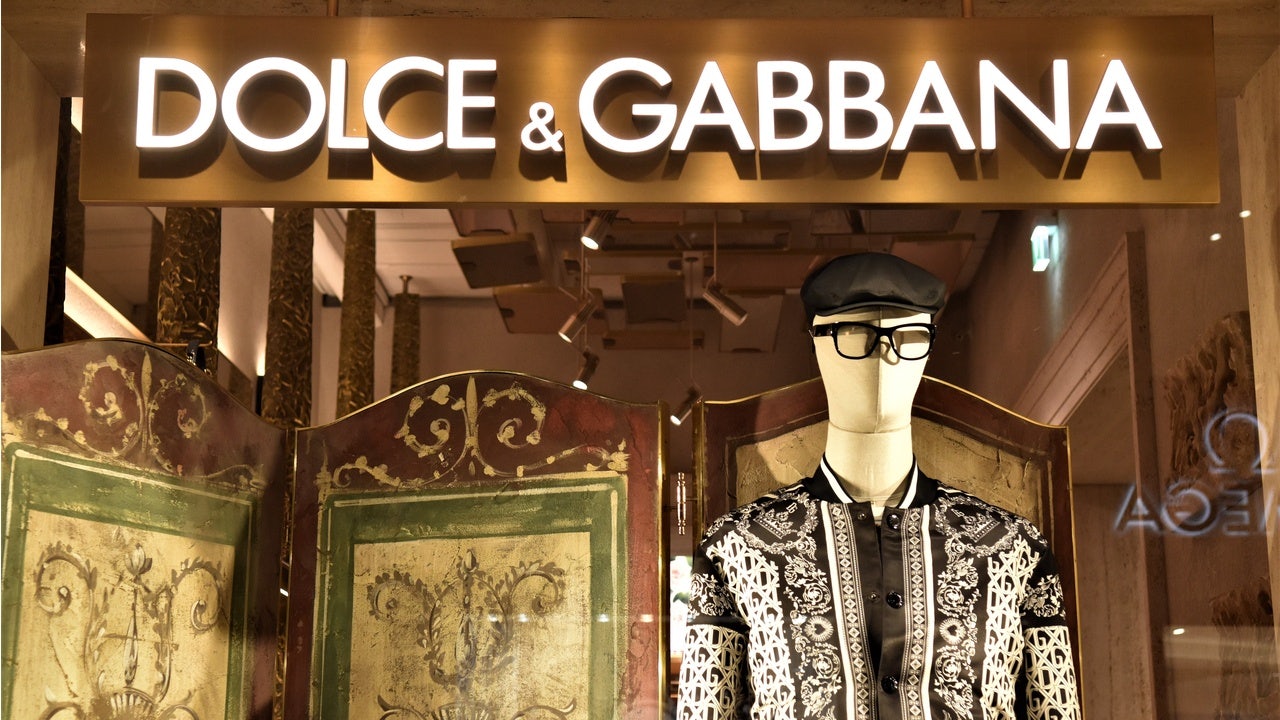What happened
The Internet is after Dolce & Gabbana again, as Diet Prada has filed a defense for freedom of speech on March 1. The move is in response to the Italian luxury brand suing the popular Instagram account for defamation in 2019 after its founders, Tony Liu and Lindsey Schuyler, posted about its controversial #DGLovesChina campaign. The campaign caused outrage worldwide not only for its patronizing take on Chinese culture, but also for the subsequent DMs written by co-founder Stefano Gabbana responding to critics, which the industry watchdog circulated in full.
The Jing Take
As Dolce & Gabbana tries to remedy its image in China, its shady past continues to haunt it. The lawsuit, which the brand surely thought was a smart move, has proved to backfire almost two years later and continues to paint the brand as aggressive. Moreover, the case itself is questionable, with the defense disputing D&G’s right to sue Diet Prada in its home country Italy. As Fashion Law Institute’s founder Susan Scafidi explained to Fashionista: “Arguably the lawsuit should have been filed in the U.S., where Tony and Lindsey reside, or in China, where Dolce & Gabbana had to cancel its show, but instead the plaintiffs engaged in forum shopping and perhaps hope for home court advantage as well.”
Legal drama aside, D&G is right about one thing: Diet Prada’s exposure had massive repercussions on its business. Although revenue for the Italian fashion house was actually up five percent to $1.54 billion in 2019 despite being iced out of China, it certainly paid for its mistakes in other ways. Shortly after the screenshots were posted, D&G was forced to cancel its runway show in Shanghai as local celebrities and models refused to attend. Meanwhile, Tmall, JD.com, Vipshop, Secoo and others banned its products from their platforms. The brand was then forced to lay low for two years, only rearing its head for a Qixi-themed pop-up in Chengdu last year.
But even more recent news proves that D&G has yet to live down its 2018 faux pas. For example, the announcement on March 1 of its AW21 fashion show provoked outcry on Weibo, with netizens commenting: “Chinese people remember,” “Boycott,” and “Get out of China.” Additionally, local news outlet Jiemian reported on March 4 that the luxury company was relinquishing its strategic store location within IFS Chengdu, a high-end shopping hub, and moving to a less conspicuous spot, pointing to its shrinking China footprint.
While luxury brands operating in China have had their share of controversy — from Prada cutting ties with ambassador Zheng Shuang after her surrogacy scandal to Coach, Givenchy, and Versace getting grief over misrepresenting the country’s geography — none have faced this degree of blowback. But as D&G’s case shows, the old adage “any publicity is good publicity” doesn’t apply when the gaffe is so heinous. With Chinese consumers showing spiking nationalism and an increasing affinity for local brands (see the “Guochao” trend), Western luxury cannot bank on the short-term memories of consumers to survive being canceled. Especially when social media’s got the receipts.
The Jing Take reports on a piece of the leading news and presents our editorial team’s analysis of the key implications for the luxury industry. In the recurring column, we analyze everything from product drops and mergers to heated debate sprouting on Chinese social media.

